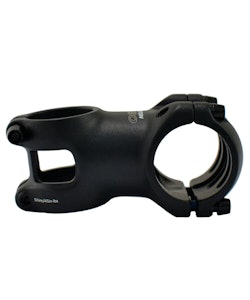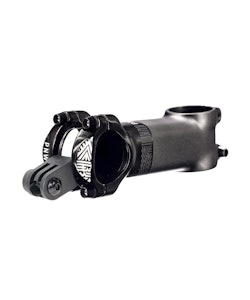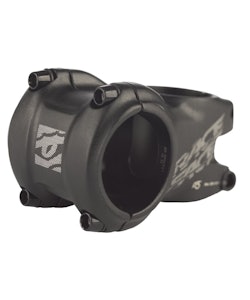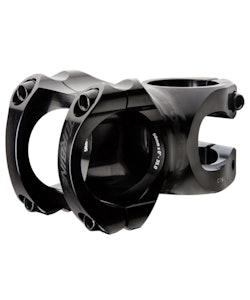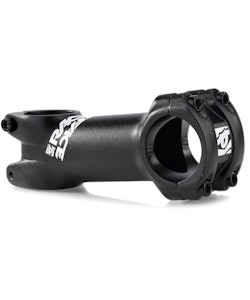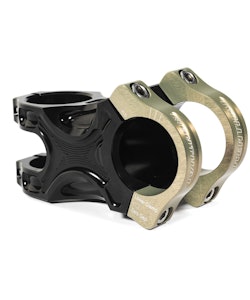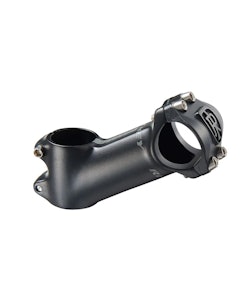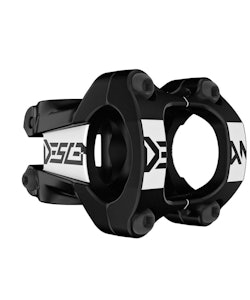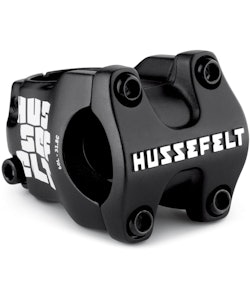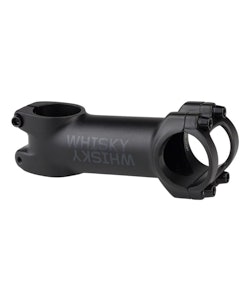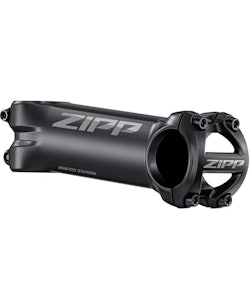At first glance bicycle stems have a simple job: securely attach your handlebars to your fork’s steerer tube. And while this is certainly the most important function of this critical component, bicycle stems also plays a crucial role in overall bike fit and handling, which is determined by stem length and degrees of rise — or if flipped upside down — degrees of drop.
Generally speaking, bicycle stems are divided into two primary categories: road and mountain, with the latter typically being shorter, more robust, and comparatively heavier. The other primary considerations when starting your bike stems search are construction material, bar clamp diameter, and steerer clamp diameter, which is 1 1/8” for the vast majority of alloy road stems and mountain bike stems, outside of direct mount stem offerings, which are used almost exclusively for downhill mountain biking.
In all but rare instances, bicycle stems are made from either aluminum alloy or carbon. The former is typically a touch heavier, but also less expensive. Carbon bicycle stems, on the other hand, will shave a handful of grams off your bike’s overall weight, but also cost more. As for handlebar clamp diameter, 31.8mm is the most common (and accounts for nearly all road bike stems), but you’ll also encounter plenty of 35mm options, especially for more demanding applications such as enduro mountain biking.
Once general compatibility is determined, stem length is arguably the most important decision when choosing among various bicycle stems. For road bikes, this is primarily a question of dialing in fit, as it has a significant impact on overall position on the bike, with a shorter stem (typically 100mm or less) delivering a more upright position, while a longer stem helps the rider achieve a lower and thus more aero position on the bike. Just make sure you’ll be able to maintain this stretched out posture and not become uncomfortable.
For mountain bike riders, bike stem length effects fit but also plays a significant role in how a bike handles. Shorter stems (roughly 60mm or less) will deliver quicker and more responsive handling, which is why they’re the preferred choice for slacker trail and enduro bikes. Conversely, because more cross-country oriented bikes have steeper head angles (and thus snappier steering) longer stems are favored because they help keep your weight further forward for more efficient climbing.
While most current mountain and road bikes use threadless bike stems, quill stems are still used on many cruiser bikes and many older bikes. Quill stems use a wedge to keep the stem in place inside the steerer tube. They aren’t compatible with newer bikes out there but some older bikes can be converted to threadless stems.
Finally, bicycle stem rise is a reference to a bike stem’s angle (represented in degrees) as it relates to the fork steerer tube. So a stem with 10-degrees of rise has a 10-degree angle between the handlebar clamp and the fork steerer. Stems can also be flipped, so you’d get 10 degrees of drop, and the commiserate lower bar position. Most stems have a 6-degree rise and are most commonly run in the “upright” position, though flipping your stem is an easy way to experiment with a different on-bike position. Some stems have an adjustable angle. An adjustable stem is ideal for riders who might want to ride more comfortably in an upright position.
Whichever type you need, JensonUSA carries an expansive variety of bicycle stems from manufacturers like 3T, ENVE, Ritchey, Zipp, Hope, Easton, FSA, Thomson, and many others. If you have any questions, please call one of our Gear Advisors who will help make sure you get the right bicycle stem for your needs. You can email, chat, or call them at 888-880-3811.
















































































































































































































